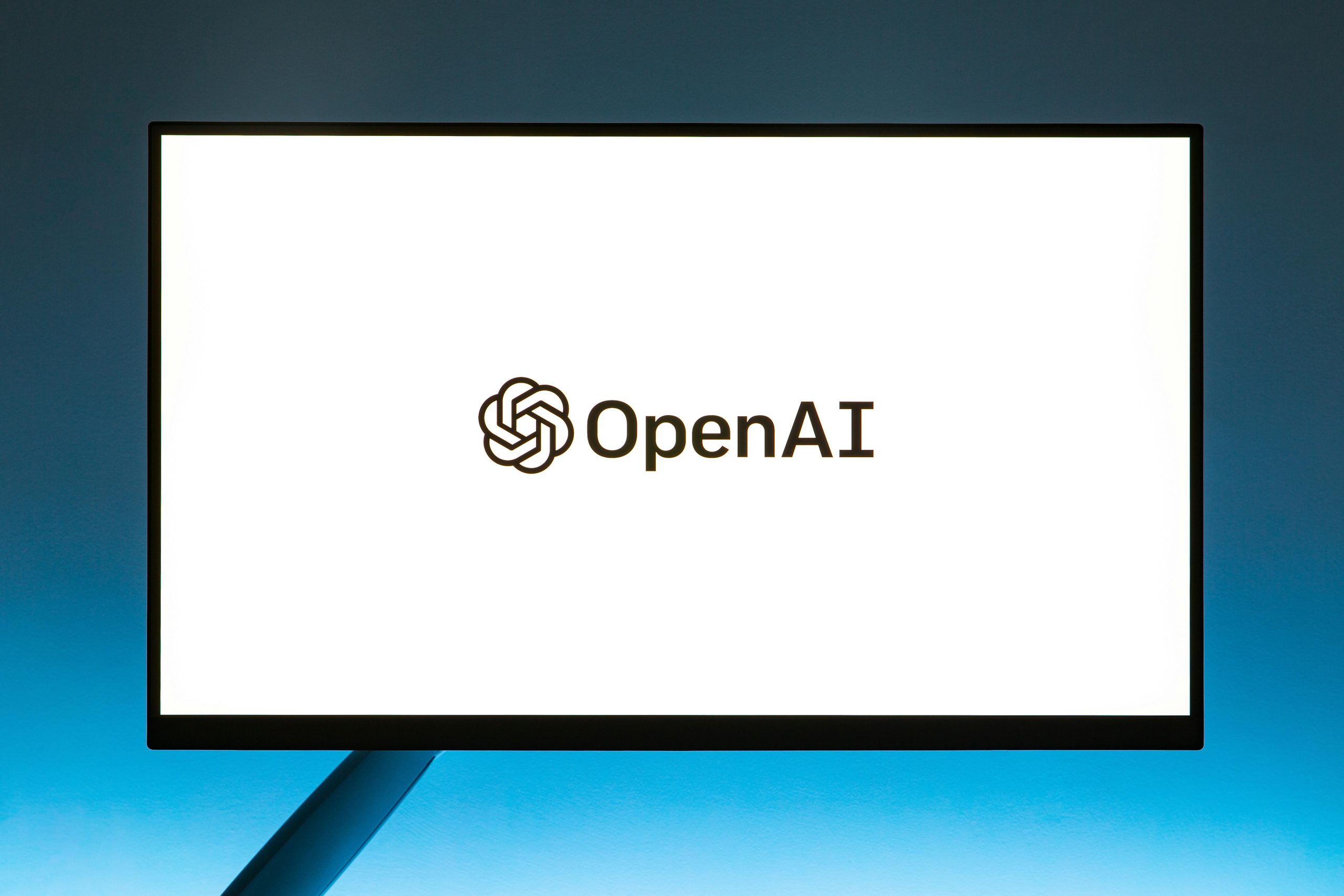OpenAI introduces GPT-5. What does it have in store for us?

GPT-5 is gradually becoming available and includes both free and paid versions. Free users have a set usage limit, after which they switch to a slightly simplified model, which is still powerful. Paid versions offer higher limits and special modes for deeper thinking, which will be appreciated mainly by more demanding users and companies.
This new model can create entire computer programs, assist with event planning, education, healthcare, and many other areas. This allows for instant access to expertise that was virtually unimaginable until recently.
What makes GPT-5 so special? It offers significantly higher intelligence, speed, and intuitiveness than previous versions. The model has the ability to respond at the level of a Ph.D. expert across many fields. Thanks to a new “thinking paradigm,” it can slow down for a moment and think through its response to be more accurate and better balance speed and depth of processing. GPT-5 also outperforms its competitors and previous models in programming, logical reasoning, mathematics, and medical questions, making it OpenAI’s most reliable and accurate model to date. Great emphasis is also placed on reducing hallucinations—that is, false or inaccurate information—which are particularly dangerous in complex or open-ended questions.
During the live broadcast, specific examples were presented that demonstrated the power of GPT-5 in various areas. The model can create interactive visualizations for education, such as a demonstration of the Bernoulli effect, and generate program code samples on demand. In the field of writing, it offers higher-quality texts that can capture nuances, emotional depth, and better understand context. Programming is taken to a new level, with GPT-5 capable of building complex web applications from scratch, supporting code debugging, and fast iterative programming called “vibe coding,” which emphasizes the overall impression of the result. Voice interactions are also very natural – the model can translate, hold conversations, and offer new learning modes, such as language practice. GPT-5 also allows for personality customization, color themes, and memory functions, and can be integrated with Gmail and Google Calendar for easier personal planning and increased productivity.
Healthcare was a special focus of the presentation. Carolina Millon’s personal story showed how GPT-5 helped her better understand medical diagnoses and make informed decisions during her cancer treatment. The model now provides clearer information and deeper context, giving users more confidence when talking to doctors.
OpenAI also emphasized security aspects. GPT-5 introduces a new “safe completion” approach, where instead of outright rejecting potentially risky queries, it offers partial answers or alternative recommendations, helping to balance usefulness and safety. Model training has also been improved through the use of synthetic data generated by previous models, increasing its ability to reason accurately and logically.
Developers have access to GPT-5, mini, and nano variants, which can be flexibly configured to suit the needs of different scenarios. Developers can also use their own grammars to create robust integrations. A major new feature is the significantly expanded context window of up to 400,000 tokens, which allows working with very long texts or complex tasks. The model also better understands and executes multi-step instructions, which is appreciated by human testers. OpenAI presents GPT-5 as a revolutionary tool for software engineering. It is capable of autonomous and collaborative coding with high reliability and flexibility, making it ideal for a wide range of technical and creative tasks.
In conclusion, OpenAI executives confirmed that their main focus is on real-world applications, not just beating benchmarks. They expressed enthusiasm that GPT-5 will enable users to create new tools and products that will have a profound impact on many areas in the future.
The launch of GPT-5 therefore represents a significant advance in artificial intelligence in terms of intelligence, usability, reliability, security, and personalization—for both everyday users and developers. The model offers expert-level reasoning, higher factual accuracy, excellent programming and writing skills, natural voice interaction, and deep integrations to increase productivity—all available to a wider audience than ever before.
Photo source: www.pexels.com
Author of this article
WAS THIS ARTICLE HELPFUL?
Support us to keep up the good work and to provide you even better content. Your donations will be used to help students get access to quality content for free and pay our contributors’ salaries, who work hard to create this website content! Thank you for all your support!





OR CONTINUE READING